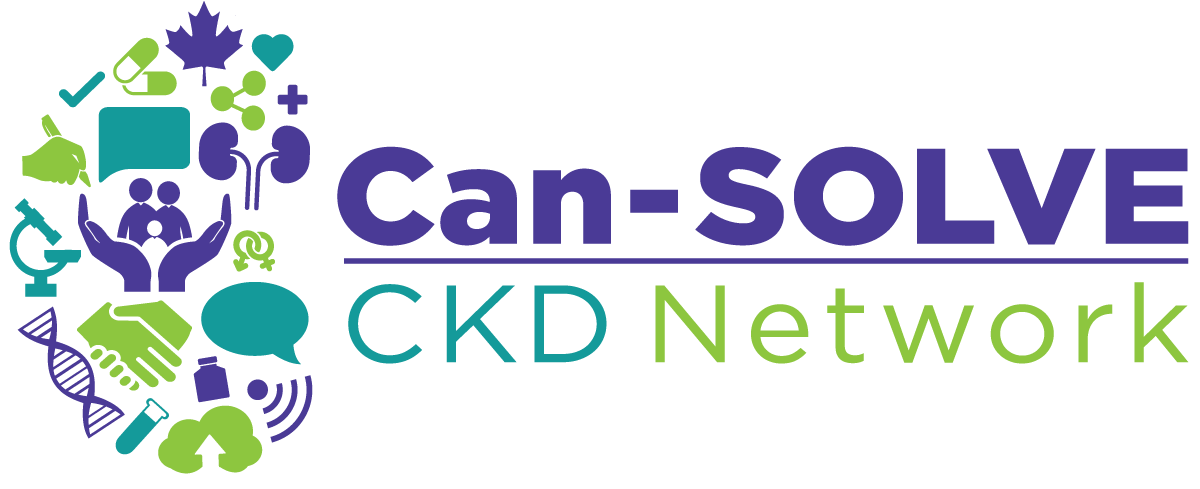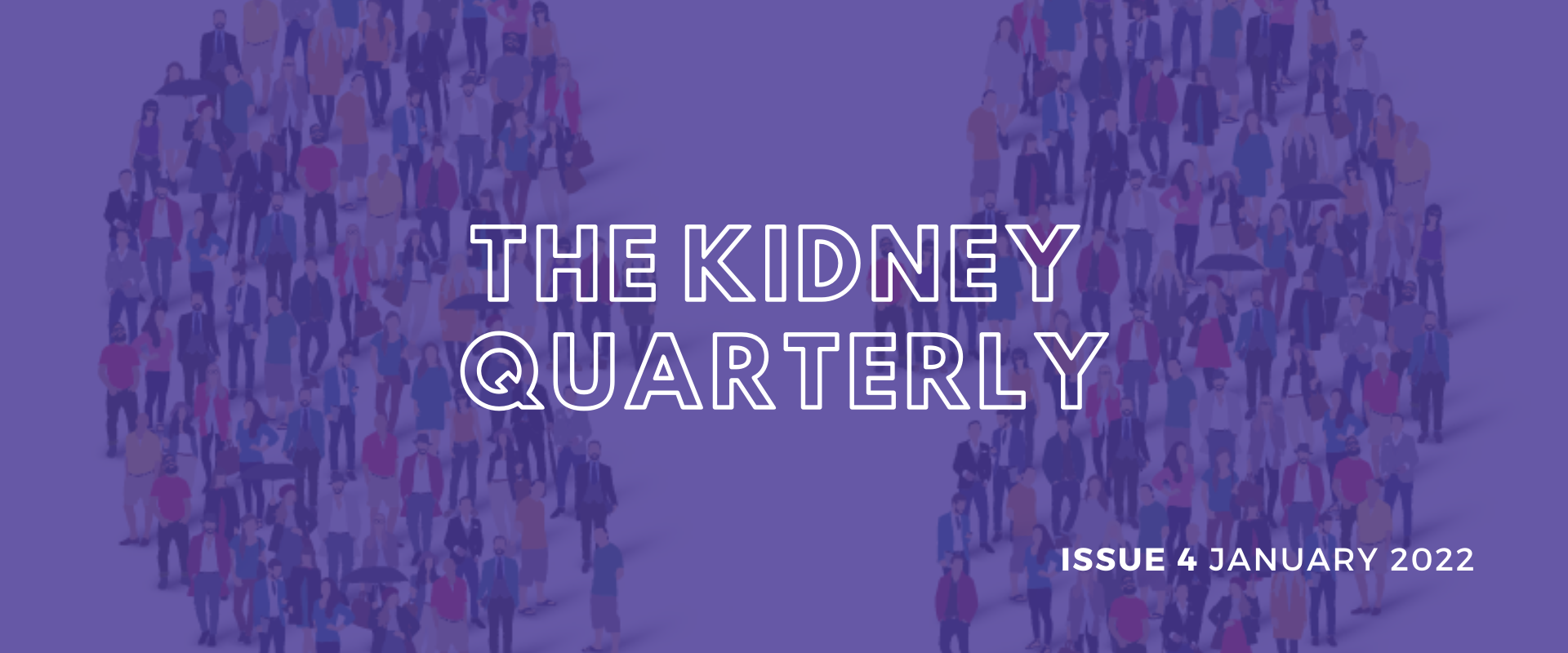
Welcome to the fourth edition of The Kidney Quarterly, a publication dedicated to stories that highlight the Can-SOLVE CKD Network’s impact on Canadian kidney health research.
The Can-SOLVE CKD Network was launched in 2016 with a clear, overarching mandate; to advance patient-oriented research for the kidney community. While the general idea was straightforward, the task was daunting.
Patient-oriented research was a novel concept at that time, and there were no existing roadmaps in Canada for how to achieve it. But, five years later, the results have been overwhelmingly positive. As we celebrate the achievements of our first phase and set course fo the next step of our journey, we reflect on some of the ways Can-SOLVE CKD has transformed Canada’s kidney research landscape.
Feature story
A new era in research: Reflections on five years of Can-SOLVE CKD
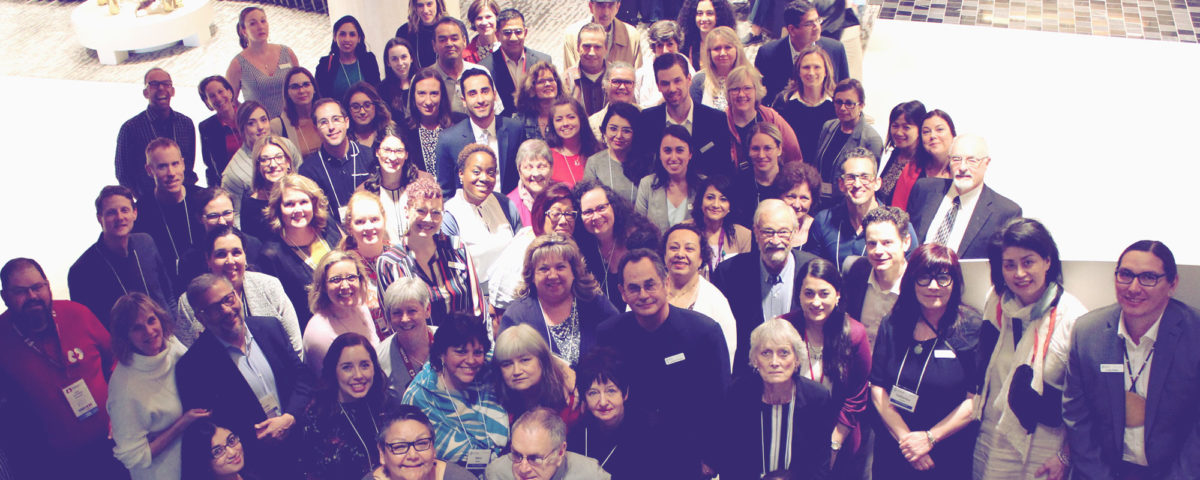
Many patients who joined Can-SOLVE CKD during the early years of the network were unsure of what to expect. Mike McCormick is a patient living with kidney disease who was involved in Can-SOLVE CKD during the grant-writing stage, and he has remained a patient partner ever since.
He notes that few patients understand the logistics behind conducting and funding research. “As a patient, you don’t think about research – you’re just happy that it’s done,” he explains. “But I liked the idea of getting involved in the research that was going to make things better. We went from there.”
In 2014, McCormick attended the network’s first planning meeting in Montreal. After attending breakout sessions where researchers and patient partners shared their initial ideas, he approached one of the network’s co-principal investigators, Dr. Adeera Levin, to express his concerns. He told her that his understanding of the research jargon, the processes – all of it – was “going over his head” and that he felt he wasn’t contributing much meaningful input.
But what McCormick didn’t realize, and what Levin explained to him that day, was that the whole focus of conversation and discourse at the meeting had changed just by having patient partners at the table. “Suddenly, research concepts were not about arbitrary numbers. It was about actual people, and they were sitting in the room,” says McCormick.
Since then, McCormick says he has noticed a huge shift, not just in terms of his own understanding and involvement in research, but for that of many other patient partners within the network too.
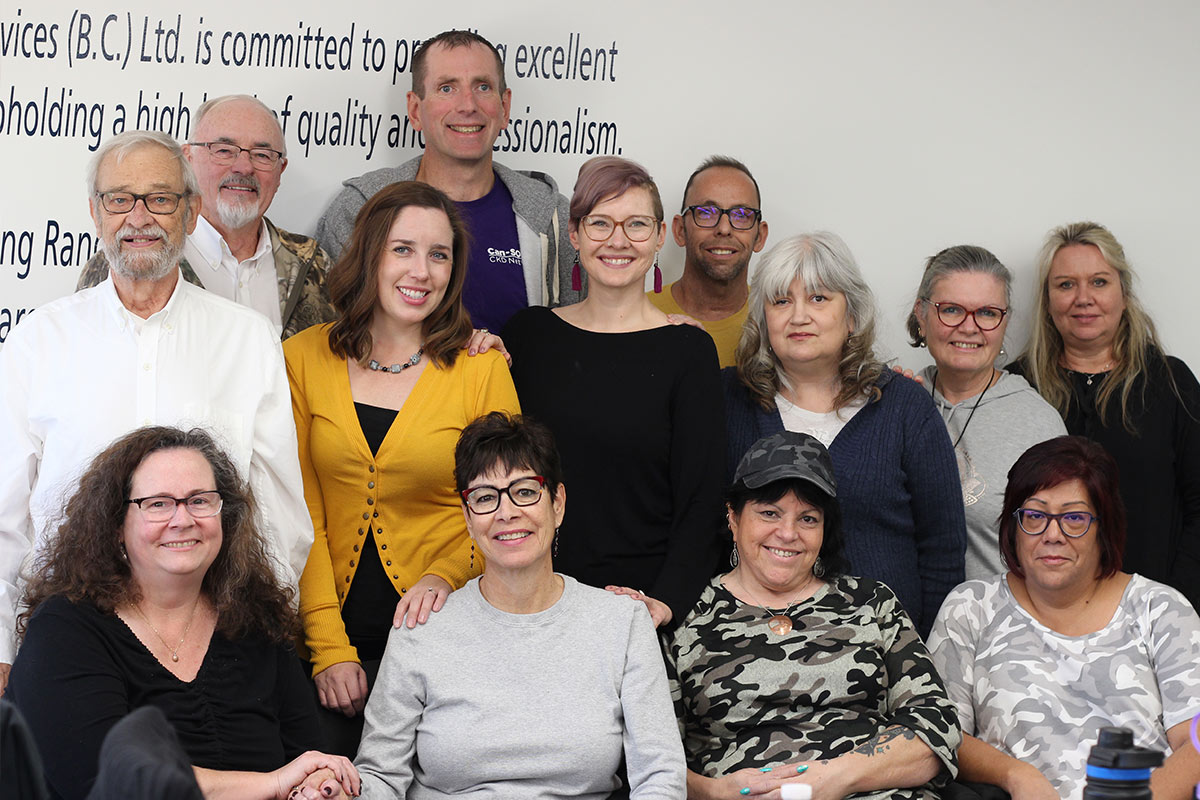
Arlene Desjarlais is a patient partner with Can-SOLVE CKD who has noticed similar changes over the past few years. She joined the network in 2017 to share her experience as a caregiver to her beloved husband, Glen Desjarlais, who had passed away after many years of living with kidney disease and other health complications.
Desjarlais notes that, at the beginning, she felt that many researchers presented their own ideas to patient partners for feedback. “But now it’s completely different,” she says. “They take the time to listen [to our ideas and experiences] and sometimes they change their research patterns based on what we say.”
She also emphasizes the power of patient partner stories.
Reciprocal relationships are not the only force shaping the network’s approach to patient-oriented research, however. Various working groups have created novel tools to support the learning, training and implementation process for patient-oriented research.
Desjarlais points to Wabishki Bizhiko Skaanj as a particularly valuable example. The learning pathway aims to eliminate racism towards Indigenous peoples in the research setting and build more cultural competence among research professionals. Thanks to the learning pathway and leadership from members of the Indigenous Peoples’ Engagement and Research Council (IPERC), the network has taken important first steps towards a more inclusive and safe space for Indigenous people to participate in and lead research.
Desjarlais describes Wabishki Bizhiko Skaanj as a “gem” among Can-SOLVE CKD’s many programs and trainings, and looks forward to the pathway being more widely adopted and built upon in the future. As well, she looks forward to more patient partners coming on board for Phase 2 of Can-SOLVE CKD, after seeing what has initially been accomplished through the network’s approach to patient-oriented research. “I just see all the potential in the world with all of these changes [that are happening now] for patients and how things are done differently,” she says.
“In reflecting on the first five or six years, obviously I’m incredibly proud to have been a part of this, despite my initial hesitancy to become involved,” says McCormick. “The positive impact that we’ve been able to make and the life-long friendships that I’ve made through this group have certainly made it all worthwhile.”
“When you go into a room with a group of researchers and they hear your story, it resonates with them – you can see lightbulbs coming on. I think it’s a good learning back and forth for everybody.”
Arlene Desjarlais
Patient Partner
The researcher perspective
Patients were not the only ones experiencing a steep learning curve during the early days of Can-SOLVE CKD.
Mike Zappitelli is a pediatric nephrologist and researcher at Sick Kids Hospital in Toronto who has been involved in Can-SOLVE CKD since its inception. He recalls that himself and many of his fellow researchers were new to patient-oriented research, which had only recently been gaining traction at that time, and were trying to understand and explore ways of incorporating patient-oriented research into the planning process. This also involved figuring out how to balance the expectations of funders with ensuring that patient-oriented research was “done right,” he says.
“There was a lot of learning at the beginning,” recalls Zappitelli. “I remember listening to patients’ experiences, their points of view, and sort of thinking that that was enough. I think we were all touched by listening to these experiences and then hoping that it would somehow filter into our research.”
But, over time, Zappitelli says that his understanding of the needs of patients and their families has changed, along with his approach to patient-oriented research. In the field of pediatrics, his team faced unique challenges given how there are many different kinds of kidney disease that affect children, yet each disease tends to be rare. “So to say what one patient is going to have to say will apply to another patient is naïve and simply not true,” Zappitelli explains.
He says he also began to rely on patient partner feedback more and more, to the point where he was changing the focus of studies to include issues brought forth by patients. Working with Can-SOLVE CKD patient partners not only impacted his approach to research, but clinical care too, he says.

Navdeep Tangri is a nephrologist and researcher at the University of Manitoba who has also been with Can-SOLVE CKD since the beginning, and describes those early days as “a new era in research.”
He was drawn to the idea of a nation-wide network including patient partners that would improve kidney care at a large scale. But whereas he had a feeling that working with patient partners would be beneficial, he was surprised by the true value of the approach in the end. “Over the last five years, we learned a lot about how the benefits of having patients included in the [research] process always exceeds expectations,” says Tangri.
Like Desjarlais, he has noticed a shift in the way patient partners are contributing to Can-SOLVE CKD’s research projects.
Both Tangri and Zappitelli say they will always include patient partners in their research moving forward. “Can-SOLVE CKD has hugely impacted how I do and view my own research,” says Zappitelli. “Now, I always make sure to include patient partners in all of my peer review funding applications, not just because [funders] like it, but because I’ve actually seen the difference it makes.”
“I think the patients who are part of the Can-SOLVE CKD projects have become much more familiar with the research process than they were at the beginning, and they have taken a more active role. They are not just providing feedback on ideas that we present, but it has also moved on to they provide an idea.”
Dr. Navdeep Tangri
Nephrologist and Project Lead
Connect with us!
Subscribe to learn more about what we do, why it matters, and how you can get involved!
